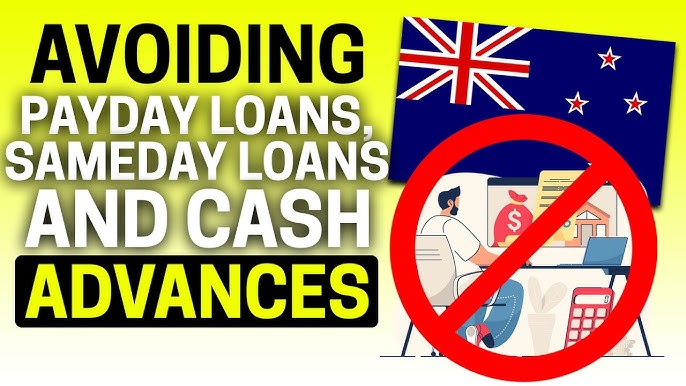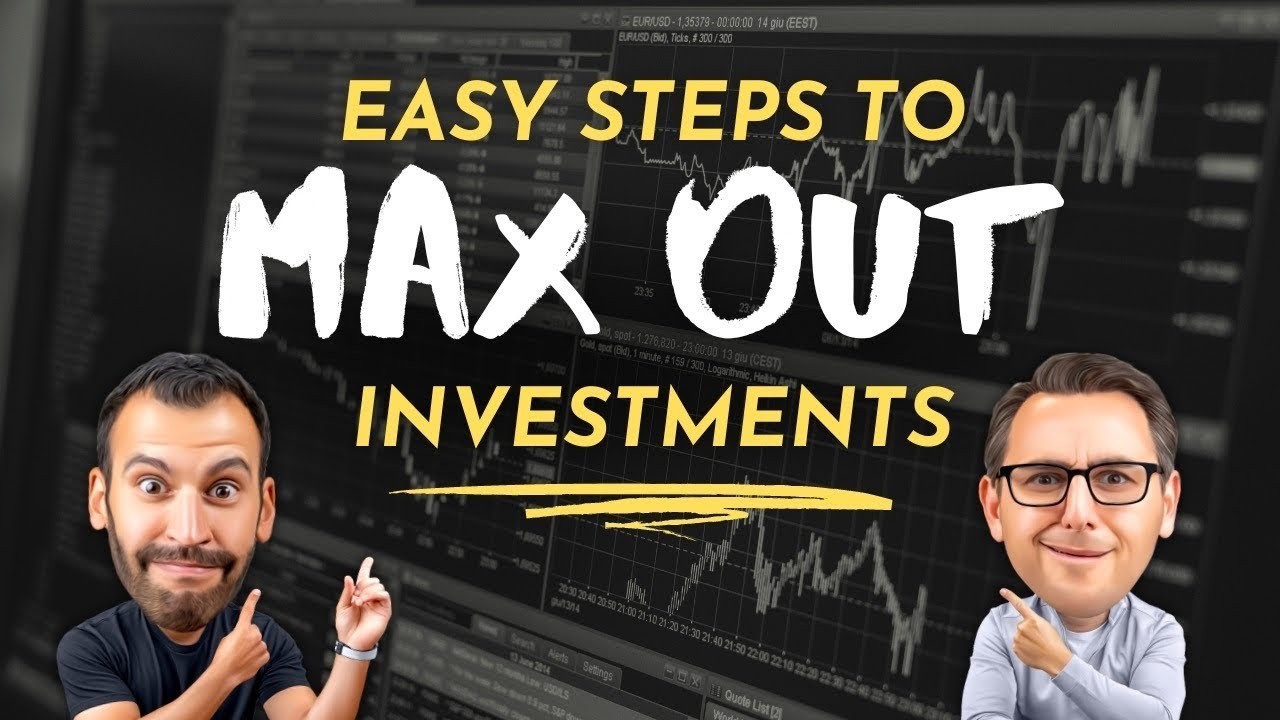Planning for retirement is challenging even in the best of times, but it becomes even more complex in a volatile economy. Market fluctuations, inflation, and economic uncertainty can make it difficult to predict how much you’ll need to save and how to invest your money. This article provides practical strategies to help you plan for retirement in an unpredictable economic environment, ensuring financial security for your golden years.
1. Start Early
The earlier you start saving for retirement, the better. Time is your greatest ally when it comes to building wealth. Even small contributions can grow significantly over time thanks to compound interest.
The Power of Compound Interest
Compound interest allows your investments to grow exponentially. For example, if you invest 5,000annuallywithanaveragereturnof71 million after 40 years.
Automate Your Savings
Set up automatic contributions to your retirement accounts, such as a 401(k) or IRA. This ensures consistency and removes the temptation to spend the money elsewhere.
2. Diversify Your Investments
Diversification is key to managing risk in a volatile economy. Spread your investments across different asset classes, such as stocks, bonds, and real estate, to reduce the impact of market fluctuations.
Asset Allocation
Your asset allocation should reflect your risk tolerance and time horizon. Younger investors can afford to take more risks, while those closer to retirement should focus on preserving capital.
Rebalance Regularly
Periodically review and adjust your portfolio to maintain your desired asset allocation. For example, if stocks have performed well and now make up a larger portion of your portfolio, consider selling some stocks and buying bonds.
3. Consider Annuities
Annuities are financial products that provide a steady income stream during retirement. They can be a valuable tool for managing longevity risk, which is the risk of outliving your savings.
Types of Annuities
- Fixed Annuities: Provide a guaranteed payout.
- Variable Annuities: Offer payouts based on the performance of underlying investments.
- Indexed Annuities: Provide returns linked to a market index, such as the S&P 500.
Pros and Cons
Annuities offer security but often come with high fees and limited flexibility. Carefully weigh the pros and cons before investing.
4. Build an Emergency Fund
An emergency fund is essential for weathering economic uncertainty. Aim to save 3-6 months’ worth of living expenses in a liquid account, such as a savings account or money market fund.
Why It’s Important
An emergency fund provides a financial cushion, allowing you to cover unexpected expenses without dipping into your retirement savings.
How to Build It
Start small and gradually increase your savings. Consider automating contributions to your emergency fund, just like you would with your retirement accounts.
5. Stay Informed and Adapt
Economic conditions are constantly changing, so it’s important to stay informed and adapt your retirement plan as needed.
Monitor Market Trends
Keep an eye on economic indicators, such as inflation rates and interest rates, and adjust your strategy accordingly.
Seek Professional Advice
A financial advisor can help you navigate complex economic conditions and make informed decisions about your retirement plan.
6. Maximize Retirement Accounts
Take full advantage of retirement accounts, such as 401(k)s and IRAs, to maximize your savings.
Employer Matching
If your employer offers a 401(k) match, contribute enough to get the full match. This is essentially free money.
Catch-Up Contributions
If you’re 50 or older, you can make catch-up contributions to your retirement accounts. For example, in 2023, the catch-up contribution limit for 401(k)s is $7,500.
7. Plan for Healthcare Costs
Healthcare is one of the biggest expenses in retirement. Plan ahead to ensure you can cover these costs.
Medicare
Understand how Medicare works and what it covers. Consider purchasing supplemental insurance to fill the gaps.
Health Savings Accounts (HSAs)
If you’re eligible, contribute to an HSA. HSAs offer triple tax benefits: contributions are tax-deductible, earnings grow tax-free, and withdrawals are tax-free for qualified medical expenses.
8. Reduce Debt
Entering retirement with debt can strain your finances. Focus on paying off high-interest debt, such as credit cards, before you retire.
Mortgage
Consider paying off your mortgage before retirement to reduce your monthly expenses.
Downsizing
If your home is too large or expensive to maintain, consider downsizing to a smaller, more affordable property.
9. Create a Withdrawal Strategy
A well-thought-out withdrawal strategy can help you make the most of your retirement savings.
The 4% Rule
A common rule of thumb is to withdraw 4% of your retirement savings annually. Adjust this percentage based on your needs and market conditions.
Tax Efficiency
Withdraw funds from taxable accounts first, followed by tax-deferred accounts, and finally tax-free accounts. This can help minimize your tax burden.
10. Stay Flexible
Retirement planning is not a one-time event. Be prepared to adjust your plan as your circumstances and the economy change.
Part-Time Work
Consider working part-time during retirement to supplement your income and stay active.
Lifestyle Adjustments
Be willing to make lifestyle adjustments, such as cutting discretionary spending, to stretch your retirement savings.
Conclusion
Planning for retirement in a volatile economy requires careful consideration and adaptability. By starting early, diversifying your investments, and staying informed, you can navigate economic uncertainty and achieve financial security in your golden years. Remember, the key to a successful retirement is not just saving money but also managing it wisely.





